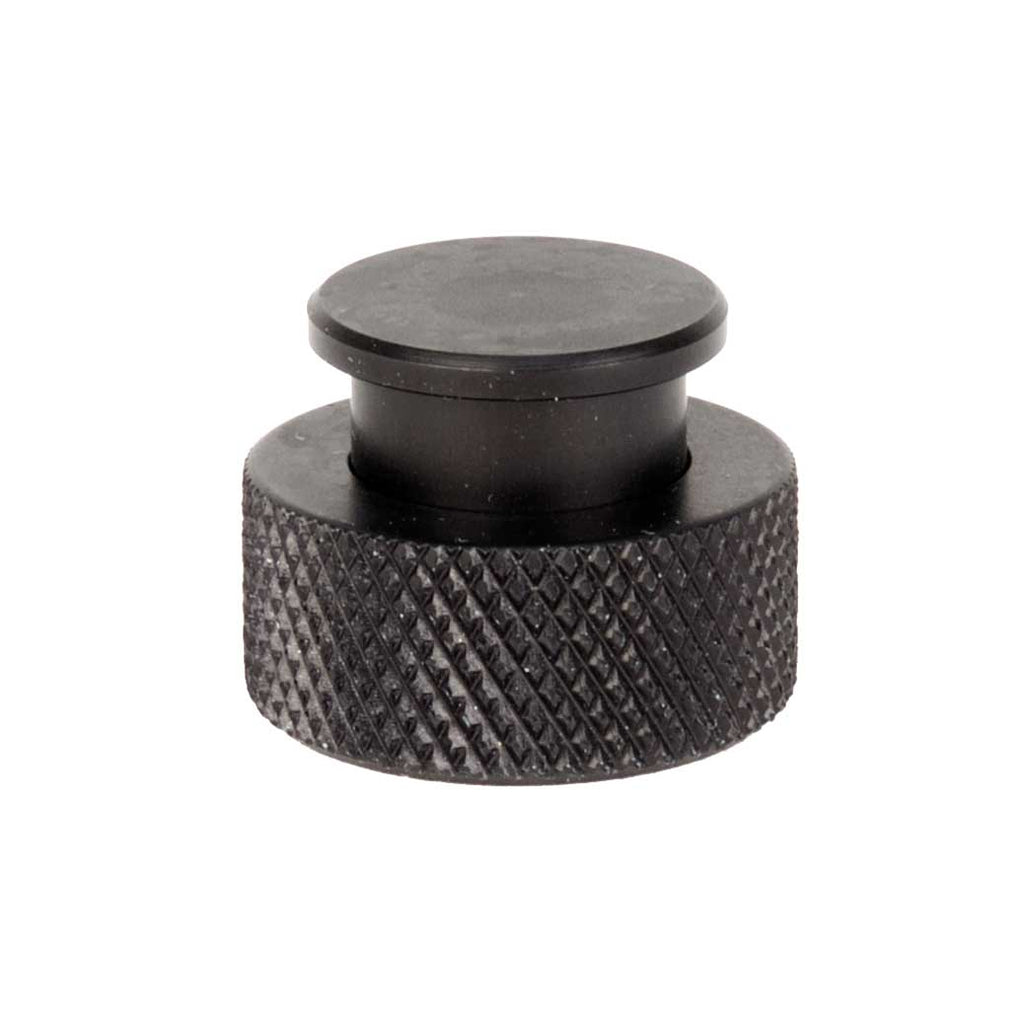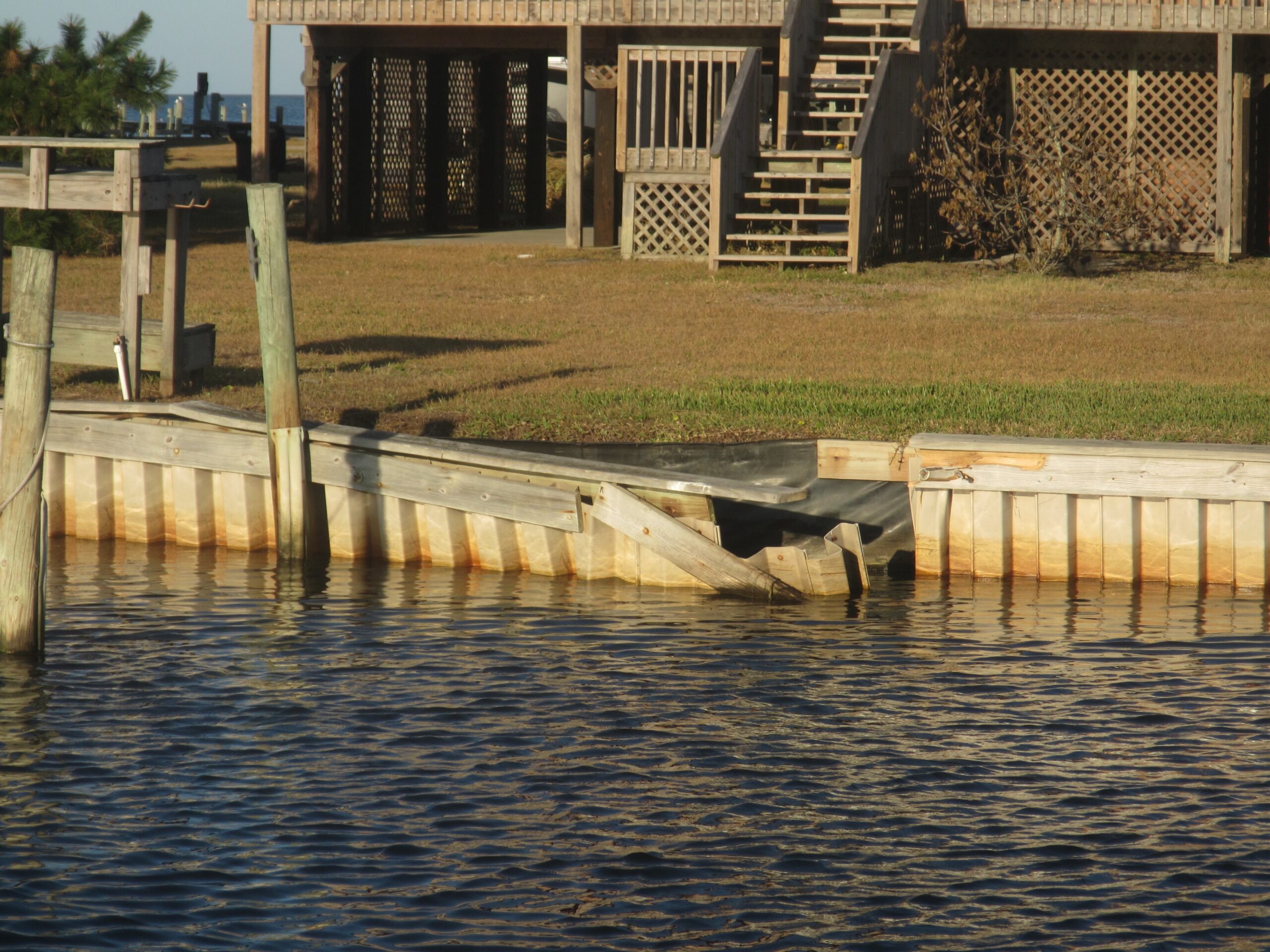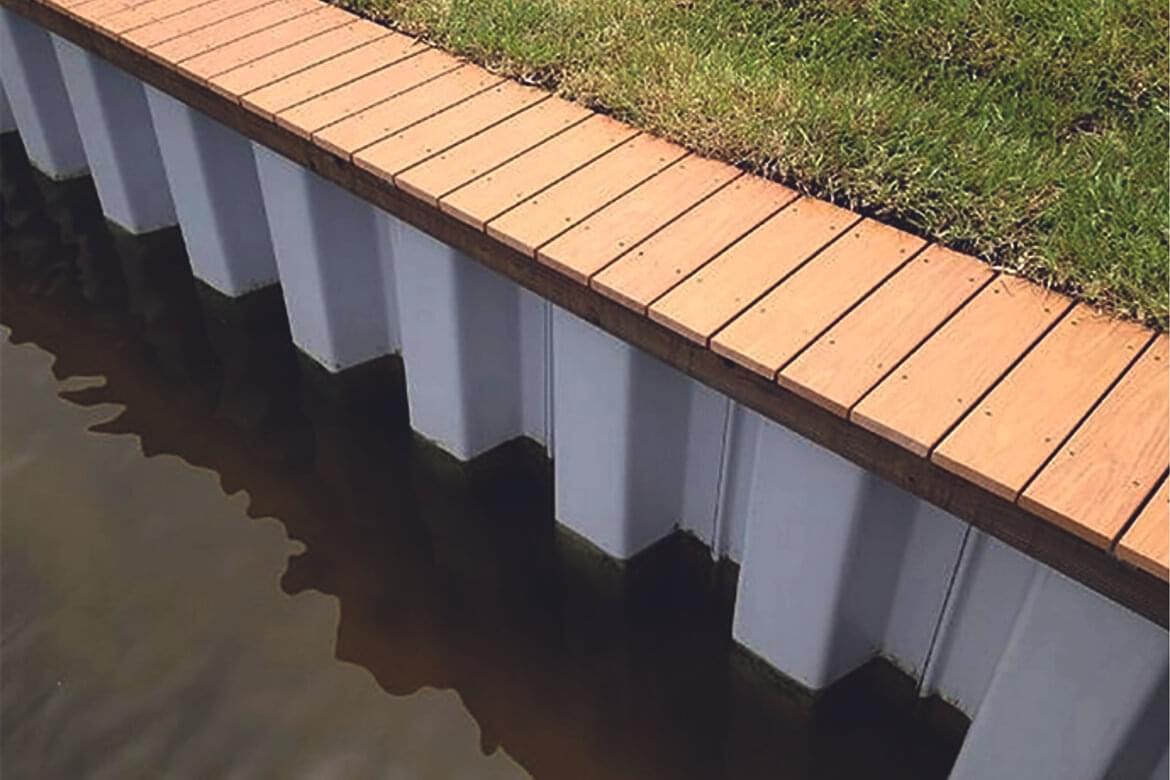Why a Sturdy Bulkhead Is Necessary for Coastal Residential Or Commercial Property Defense
A durable bulkhead plays a critical role in shielding seaside residential or commercial properties from rough ecological forces. It functions as a barrier against waves, avoiding erosion and possible damages to homes. Beyond its safety feature, a well-constructed bulkhead can boost the visual charm and market worth of a residential property. Nonetheless, the performance of these frameworks relies upon correct upkeep and adherence to laws. Comprehending these aspects is crucial for any seaside building owner. What ramifications do these factors to consider have for long-lasting financial investments?
The Duty of Bulkheads in Coastal Defense
Bulkheads act as crucial structures in seaside defense, offering a barrier against the ruthless pressures of waves and erosion. These vertical frameworks, usually constructed from concrete, wood, or steel, are designed to take in and redirect wave power, subsequently securing the coast. By avoiding the land from being overtaken by water, bulkheads play an essential duty in preserving the honesty of coastal residential properties. They are usually used in locations where the coast is especially vulnerable, such as inlets, tidewaters, and highly developed coastlines.
Beyond their safety function, bulkheads can likewise contribute to habitat conservation, supplying stability for adjacent ecosystems. They can sustain vegetation that more enhances seaside resilience. However, the performance of a bulkhead depends on appropriate layout and setup, customized to certain ecological problems. Ultimately, bulkheads are important in the wider method of seaside administration, offering as a frontline protection against the dynamic forces of nature.
Stopping Disintegration and Residential Or Commercial Property Damage
Reliable seaside administration calls for a complex approach to avoiding erosion and property damage. This involves using strategies that combine all-natural and crafted options. Bulkheads work as a substantial barrier against wave action, successfully lowering the impact of tidal pressures on coastlines. By dispersing and soaking up energy from inbound waves, bulkheads aid support the land and avoid soil loss.

Neighborhood understanding and participation likewise play an important duty, as informed homeowners can participate in practices that lower human influence on coastal ecosystems. Ultimately, a thorough strategy that includes both infrastructure and all-natural systems is important to safeguarding coastal buildings from disintegration and damages.
Enhancing Aesthetic Appeal and Home Value
Coastal buildings frequently benefit significantly from enhancements that improve both visual allure and home worth. A sturdy bulkhead not only serves a useful function in safeguarding versus disintegration however likewise adds to the general visual beauty of a waterside property. By offering a clean, defined boundary between land and water, a well-designed bulkhead can boost the landscape, complementing the all-natural beauty of the coastline.
Furthermore, the presence of a top quality bulkhead can signal to potential buyers that the residential or commercial property is durable and well-kept versus ecological challenges. This assumption can result in increased market price, as purchasers usually prioritize residential or commercial properties with robust defense against coastal threats. Moreover, cosmetically pleasing bulkheads can include materials basics and styles that straighten with regional building styles, even more elevating the property's appeal. Eventually, the financial investment in a durable bulkhead can yield significant returns in both aesthetic and financial elements for seaside homeowner
Long-Term Cost Financial Savings and Financial Investment Protection
Purchasing correct coastal residential property security can cause considerable lasting expense savings. A durable bulkhead serves as an obstacle versus erosion and flooding, decreasing the chance of costly fixings and maintenance that can emerge from ecological damage. By preventing soil loss and shielding structures, home proprietors safeguard their investments, guaranteeing that the value of their residential or commercial property stays secure or also appreciates in time.
Moreover, the initial financial investment in a durable bulkhead can generate financial advantages in the future, as insurance coverage rates may lower as a result of diminished threat direct exposure. Features with efficient coastal defenses are often a lot more appealing to purchasers, further improving their marketability. Bulkhead on Lake Livingston. Eventually, a well-constructed bulkhead not just strengthens the property versus nature's elements yet likewise solidifies an owner's economic standing, making it a smart option for those wanting to protect their seaside financial investments
Navigating Regulations and Upkeep for Bulkheads
Exactly how can homeowner ensure their bulkheads satisfy regional regulations and continue to be in optimal problem? Awareness of neighborhood legislations is crucial, as bulkhead building and construction and maintenance frequently drop under specific zoning and environmental standards. Homeowner need to consult their local government official website or ecological agencies to comprehend necessary permits and compliance demands. Routine assessments by certified specialists can determine architectural problems and possible offenses before they rise.
Upkeep techniques, such as routine cleansings and prompt fixings, are crucial for prolonging the bulkhead's life expectancy. Building owners must hop over to these guys additionally think about seasonal weather condition effects, making sure that drainage systems are functional and clear. Furthermore, using sturdy materials that stand up to severe coastal problems can avoid early deterioration. By staying aggressive and informed about regulations and maintenance, residential or commercial property proprietors will certainly enhance the effectiveness of their bulkheads, guaranteeing seaside security while conforming with legal criteria.
Frequently Asked Concerns
How Do Bulkheads Influence Citizen Wild Animals Habitats?
Bulkheads can significantly modify neighborhood wild animals habitats by limiting all-natural coastlines, interfering with debris circulation, and restricting access to feeding and breeding areas for various types, potentially bring about lessened biodiversity and ecological community wellness in coastal areas.
What Materials Are Ideal for Building a Bulkhead?

Can I Build a Bulkhead Without an Authorization?
In many jurisdictions, creating a bulkhead without an authorization is illegal. Laws commonly require authorizations to ensure compliance with environmental standards and neighborhood zoning regulations, making it necessary to seek advice from local authorities prior to proceeding.
How Long Does a Bulkhead Normally Last?
A bulkhead usually lasts in between 30 to 50 years, depending upon products, environmental problems, and upkeep. Normal assessments and timely repair work can prolong its lifespan, making sure ongoing efficiency in safeguarding coastal buildings from disintegration and damage.
What Are the Indicators of a Failing Bulkhead?


Indications of a failing bulkhead consist of visible splits or bending, dirt erosion behind the framework, too much water pooling, leaning or tilting, and corrosion or decay in wooden components, showing architectural concession and potential failure. (Bulkhead on Lake Livingston)
A tough bulkhead plays a crucial function in securing coastal residential or commercial properties from severe ecological pressures. By stopping the land from being surpassed by water, bulkheads play an essential duty in preserving the honesty of coastal residential or commercial properties. A strong bulkhead not just serves a useful objective in protecting against disintegration but likewise adds to the general aesthetic good looks of a waterfront property. Furthermore, the visibility of a high quality bulkhead can signify to potential customers that the residential or commercial property is properly maintained and durable versus ecological obstacles. Just how can residential property proprietors assure their bulkheads meet local guidelines and continue to be in optimal problem?